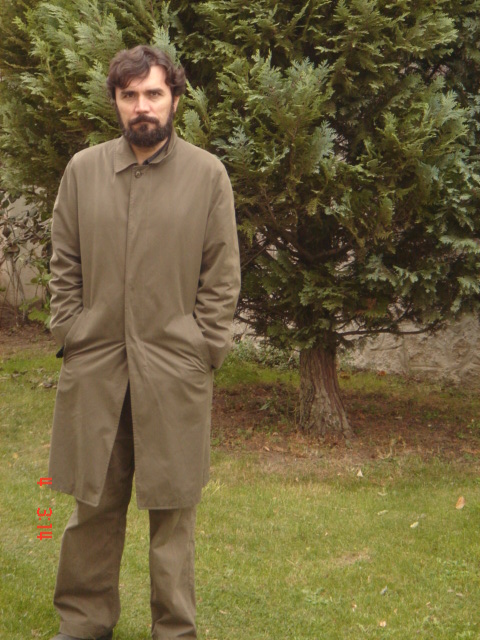
Links:
Stevo Todorcevic, "Coherent sequences",
chapter to appear in the Handbook of Set Theory (PDF)
Charlotte lodging information
Post-workshop materials:
Lecture notes from this workshop by Roberto Pichardo Mendoza (PDF)
|
|
I intend to cover first of all some basics about walks
and associated statistics such as upper and lower traces,
the distance functions associated to the number of steps
and maximal weights. As we go on, time permitting, I will
mention some applications. Among applications, I will mention
the use of the subadditive distance function ρ
in constructing Banach spaces with strong conditional structure
but most of the applications will be set-theoretical in character
to fit the composition of the audience. For example, I will explain
why every one of the standard distance function ρi leads us to
a canonical uncountable linear ordering C(ρi). The canonical
nature of C(ρi) is seen on one hand
from the facts that its Cartesian
square can be decomposed into countably many chains and from the other
that under some mild assumption like MAω1,
C(ρi) is a
minimal uncountable linear ordering in the sense that it embeds into
all of its uncountable subsets. Thus, C(ρi) must appear on any
basis for uncountable linear ordering as long as one tries to be
compatible with MAω1.
Another main theme of the series of lecture
will be the so called square-bracket operation that gives us a way
of reducing quantification over unbounded subsets of a regular uncountable
cardinal θ to quantifications over closed unbounded subsets of
θ.
This reduction of quantifiers is quite useful in constructing various
mathematical structures such as bilinear forms on vector spaces
(i.e., so called symplectic spaces), groups, projective geometries,
Banach spaces with few operators, topological spaces with some extremal
properties, etc.
On a set-theoretical side I will try to explain the role of imposing
coherence condition on a given C-sequence on which we base our walks.
This will give us some interesting results about Jensen's square
sequences and their natural generalizations. We shall also use
these methods to shed light on other well-known set-theoretic themes such
as Chang's conjecture, reflection of stationary sets, etc.
I will try to present this assuming little or no prerequisites but of
course any basic familiarity with the notions such ordinal, cardinal,
stationary set, could prove useful when trying to follow my series
of lectures.
|